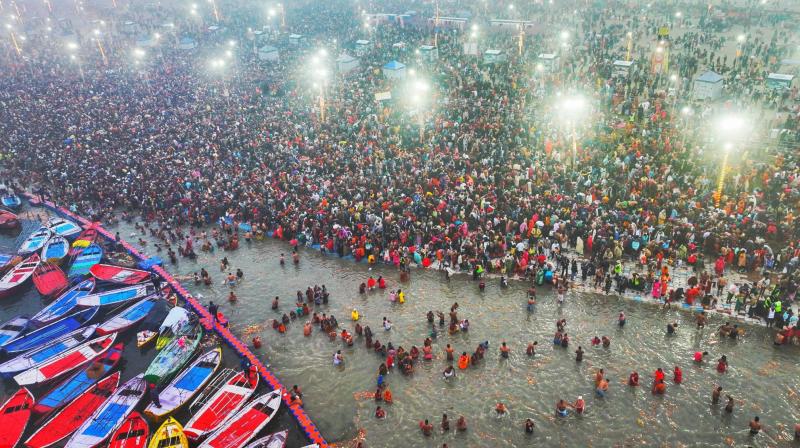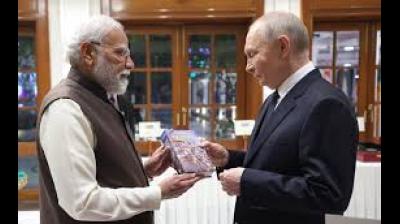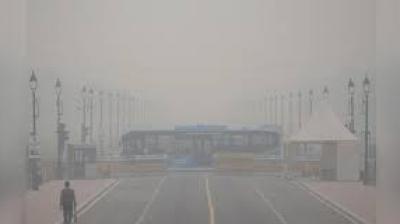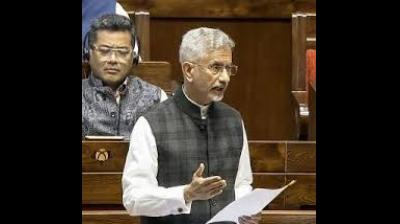
The 2025 Mahakumbh Mela commenced on January 13 in Prayagraj, Uttar Pradesh, and will conclude on February 26.
What is Mahakumbh Mela Origin, Akharas, and Ritual? The Mahakumbh Mela, steeped in spiritual significance, embodies the eternal battle between good and evil, the pursuit of salvation, and the profound cultural heritage of India. From its mythological origins in the Samudra Manthan to the 2025 event in Prayagraj, this ancient festival continues to draw millions of devotees seeking spiritual purification.
2025 Mahakumbh Mela
The 2025 Mahakumbh Mela commenced on January 13 in Prayagraj, Uttar Pradesh, and will conclude on February 26. Spread across 4,000 hectares along the riverbanks, it is expected to host over 400 million visitors.
The Triveni Sangam, the sacred confluence of the Ganga, Yamuna, and the mythical Saraswati rivers, serves as the focal point. Devotees flock to perform Snan (holy bathing rituals), with the most auspicious bathing days this year being:
- January 14: Makar Sankranti
- January 29: Mauni Amavasya
- February 3: Basant Panchami
- February 26: Maha Shivratri (final bath)
Origins of the Mahakumbh Mela
The origins of the Mahakumbh Mela trace back to the Puranas, ancient Hindu scriptures. The legend of Samudra Manthan tells of gods and demons churning the ocean for Amrit (nectar of immortality) stored in a Kumbh (sacred pitcher). As Lord Vishnu, disguised as Mohini, carried the pitcher toward heaven, a few drops of Amrit fell at four locations: Haridwar, Ujjain, Nashik, and Prayagraj. These sites became the venues for the Kumbh fairs.
Adi Shankaracharya, the 8th-century Hindu philosopher, institutionalized the celebration of the Kumbh Mela. Its global prominence, however, emerged during King Harshavardhana's reign (590–647 AD), with subsequent patronage by the Chola, Vijayanagara, and Mughal empires. Emperor Akbar is even believed to have participated in Kumbh festivities, promoting religious harmony.
Why Is It Celebrated Every 12 Years?
The mythical pursuit of the Kumbh spanned 12 days, equivalent to 12 human years. Thus, the Mahakumbh Mela occurs every 12 years at one of the four sacred sites. Prayagraj’s Kumbh is considered the most significant.
Role of Akharas
Adi Shankaracharya is credited with founding the Akharas—monastic orders that play a central role in organizing the Kumbh Mela. These are divided into three categories:
- Shaiva Akharas: Devoted to Lord Shiva
- Vaishnava Akharas: Devoted to Lord Vishnu
- Udaseen Akhara: A sect founded by the son of the Sikh faith's first Guru
Akharas, including Juna, Niranjani, Atal, and others, maintain spiritual and social order, and the Naga Sadhus, recognized for their ash-covered bodies and ascetic lifestyle, belong to these sects.
Key Rituals of the Kumbh
- Shahi Snan: Sacred bathing by Naga Sadhus, saints, and devotees in the Triveni Sangam, believed to cleanse sins and grant salvation.
- Aarti: Ceremonial offerings of flames at riverbanks.
- Deep Daan: Floating lit oil lamps on the Sangam’s waters.
- Kalpavas: A spiritual period of strict discipline and devotion, involving 21 prescribed practices.
- Prayagraj Panchkoshi Parikrama: A ritualistic circumambulation of key sites, retraced annually.
Types of Kumbh Mela
- Regular Kumbh Mela: Held every three years at the four sacred cities.
- Ardh Kumbh Mela: Held every six years at Haridwar and Prayagraj.
- Purna Kumbh Mela: Celebrated every 12 years at all four sites.
- Mahakumbh Mela: A rare event, occurring every 144 years, held only in Prayagraj.
The 2025 Mahakumbh is considered exceptionally auspicious due to celestial alignments occurring after 144 years.
Cultural and Historical Significance
The Mahakumbh Mela has evolved from a spiritual gathering to a global cultural phenomenon. It is listed as UNESCO’s Intangible Cultural Heritage of Humanity. The 2019 Kumbh Mela in Prayagraj even set Guinness World Records for the longest bus parade, most contributions to a handprint painting, and the largest simultaneous floor-cleaning drive.
With its deep-rooted traditions, mythological origins, and massive scale, the Mahakumbh Mela is a timeless symbol of faith, unity, and spiritual renewal.













